Warsaw’s Fabryka Samochodów Osobowych (FSO) was a staple of Polish industry for much of the 20th century. Starting in 1948, it produced 4 million cars over a 60 year period, and annually put over 20,000 people to work. Shortly after the Berlin Wall came down, the new Polish government privatized the plant; then General Motors bought FSO in 1994. Finally in 2011, after a series of trade agreements between the U.S. and South Korea, GM shut down operations at the plant.
Today, the 6.5 million-square-foot industrial site on the eastern bank of the Vistula River is being programmed as a new residential area titled FSO Park—a locale city officials are calling the “green district of the future.” The design by Polish firm WXCA Architects is inspired by the teachings of urbanist Jan Gehl. Upon completion, the new district will accommodate 17,000 residents in a walkable grid of mid-rise buildings, perched above comfortable streets and even lagoons that snake through the complex. Another 13,000 will find employment in the district by 2050, the architects said.
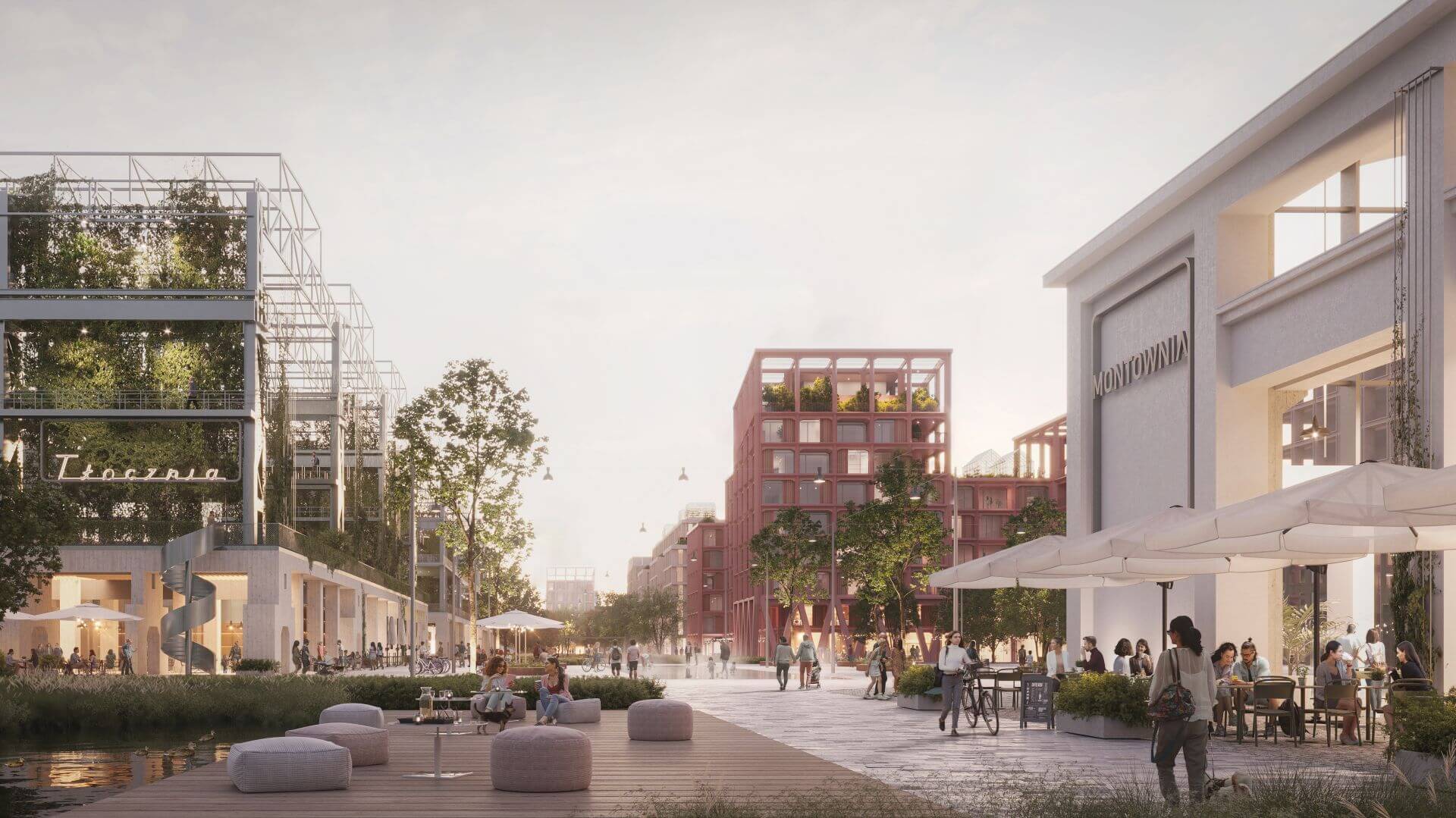
While the construction project signals massive amounts of new construction, the architects also elected to preserve the site’s industrial history. Fragments of an original casting, assembly, and welding shops are retained. These fragments will frame the walls that line the future main square. To further amplify the industrial motif, the buildings have sawtooth roofs, a common early 20th-century form that allowed skylights to flood factory floors with light.
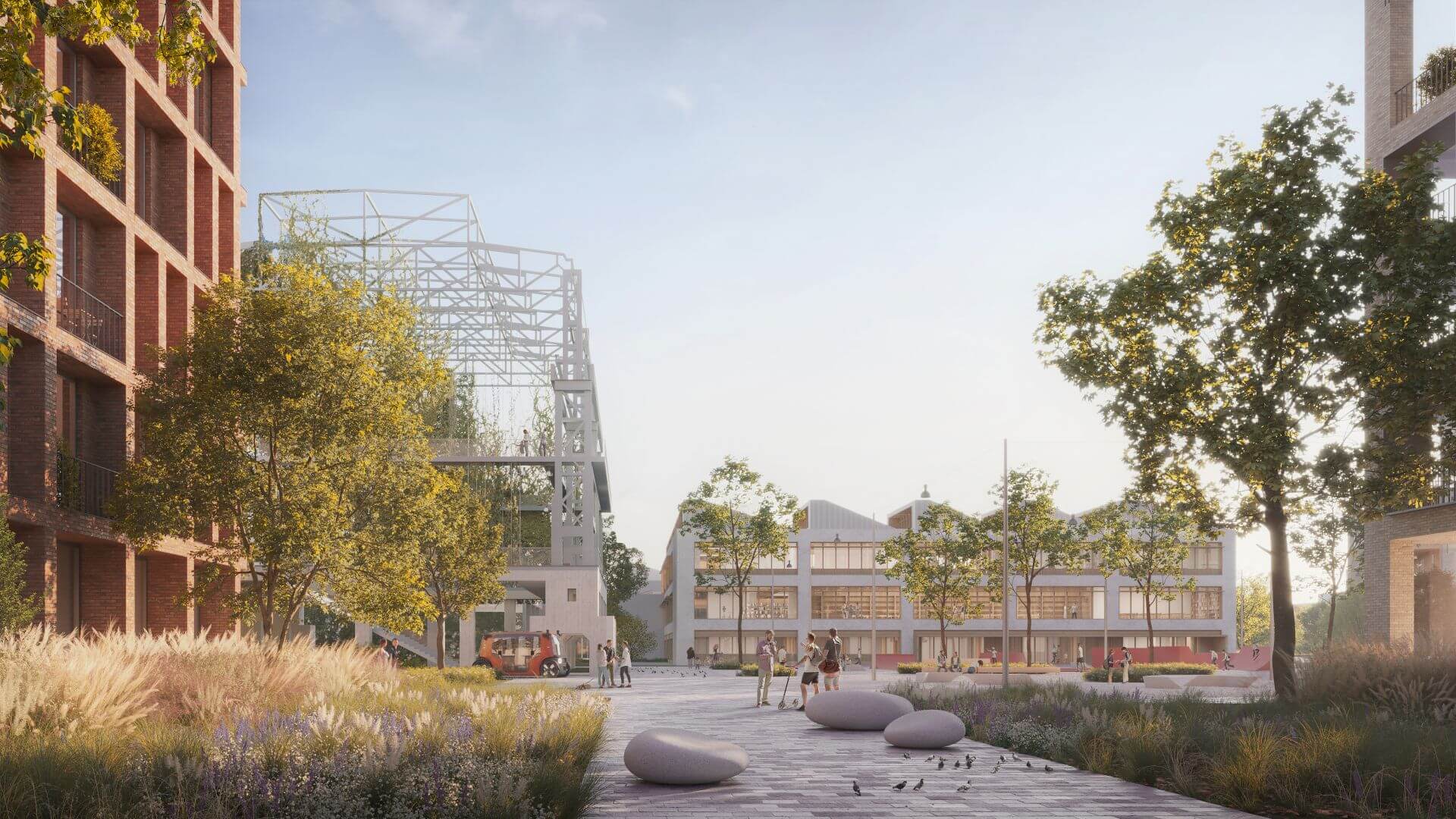
The project is happening in partnership with urban planners at SAWAWA, another Polish office, and Buro Happold. The future district features a rational grid plan along a dominant axis: It is centered by a one-mile-long linear park that proffers 1 million square feet of green space for residents. Branching off of the main axis are gridded blocks where housing, commercial spaces, and offices will be sited.
This, the architects said, will create what New Urbanists call a 15 minute city, where all of life’s basic necessities are reachable by foot or bicycle. WXCA and SAWAWA have also proposed a new school complex with a sports and leisure campus in the central part of the district that spans about 375,000 square feet.
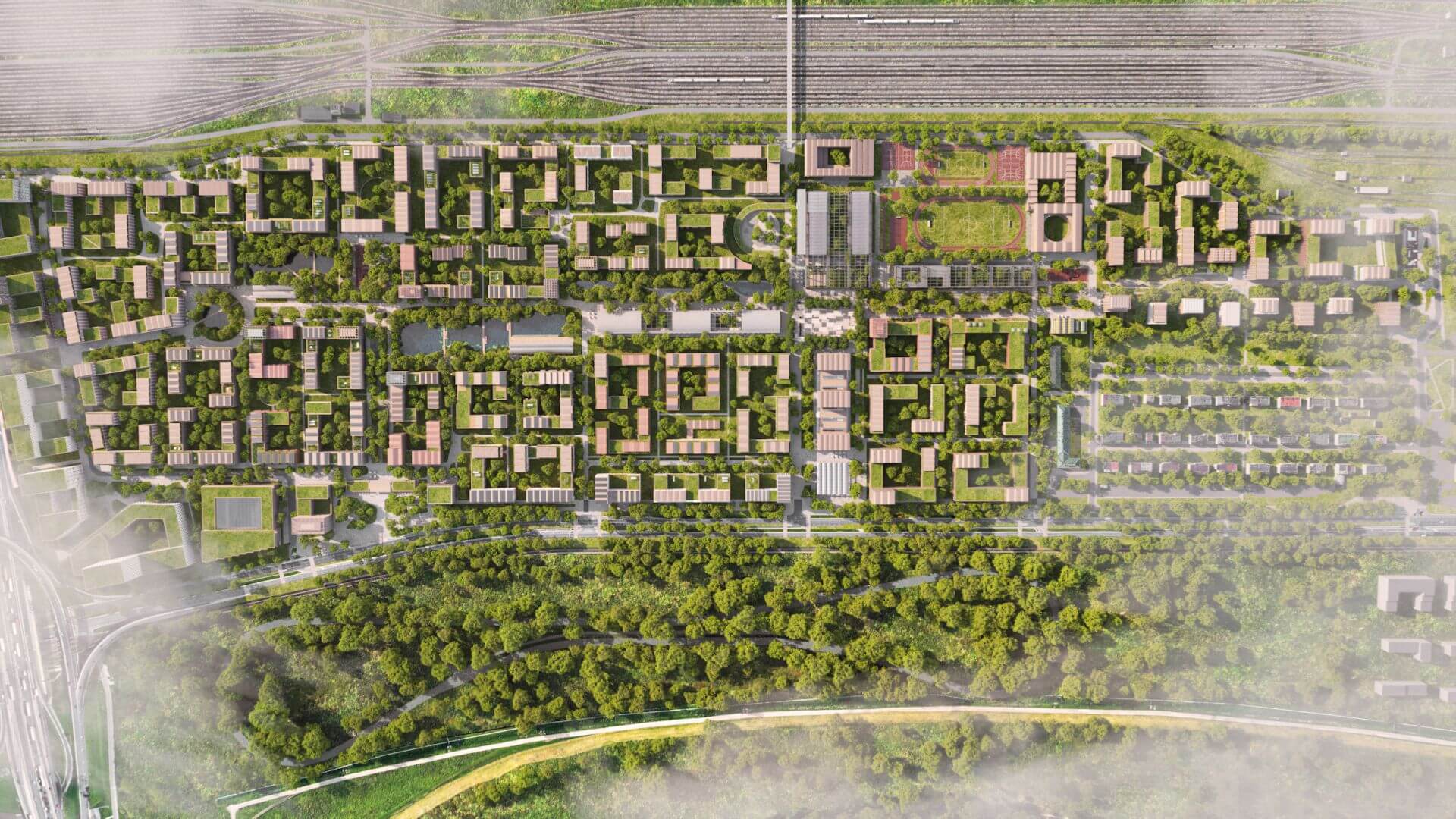
To maximize the district’s walkability, planners allocated a ring road to facilitate motor vehicles. This keeps the central area safe for pedestrians by keeping vehicle traffic at a minimum, and making the district environmentally friendly. This commitment to walkability is amplified by a 100 percent groundwater retention system, power generation system, and energy sharing system planned by Buro Happold to ensure the district is green.
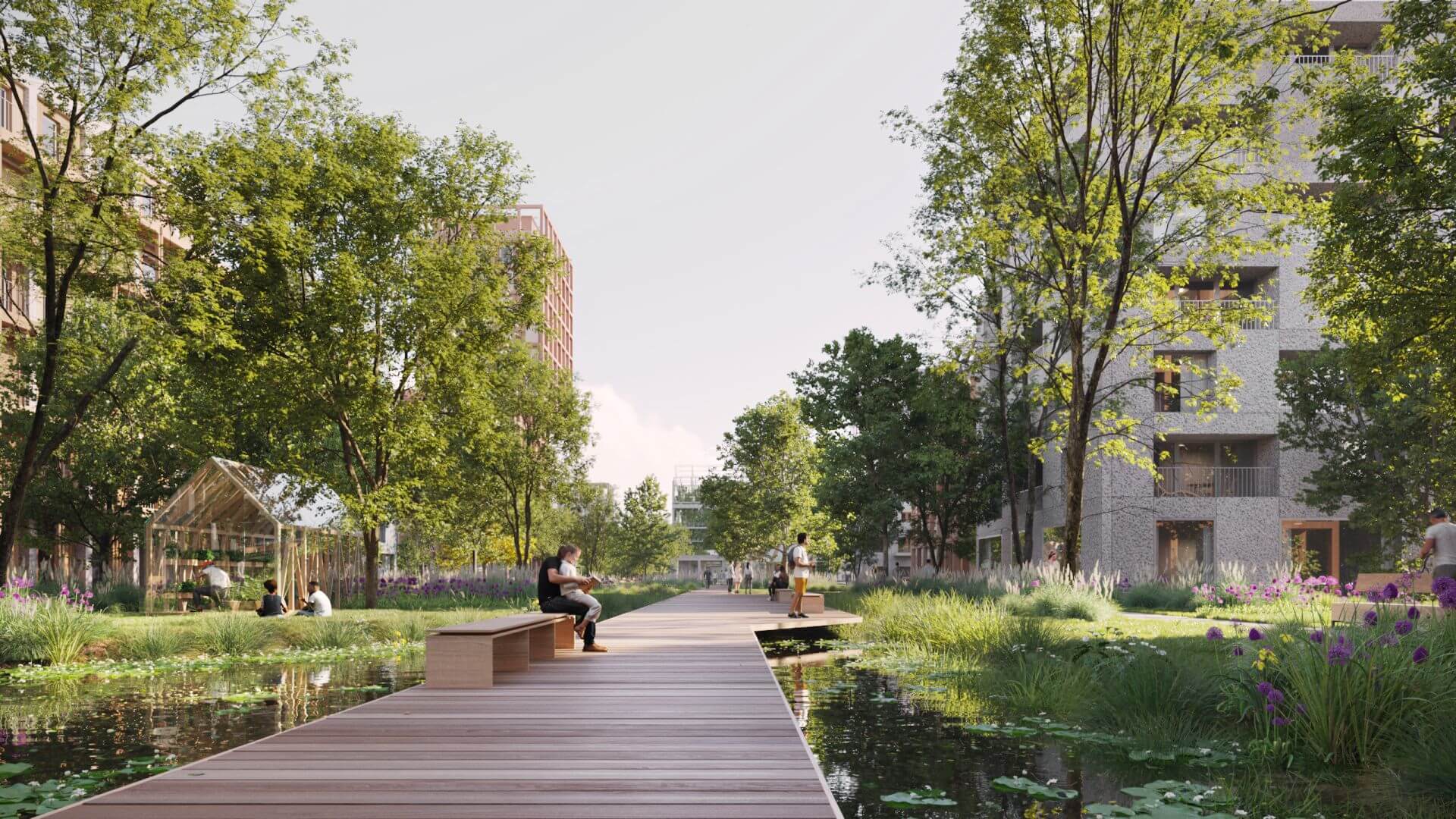
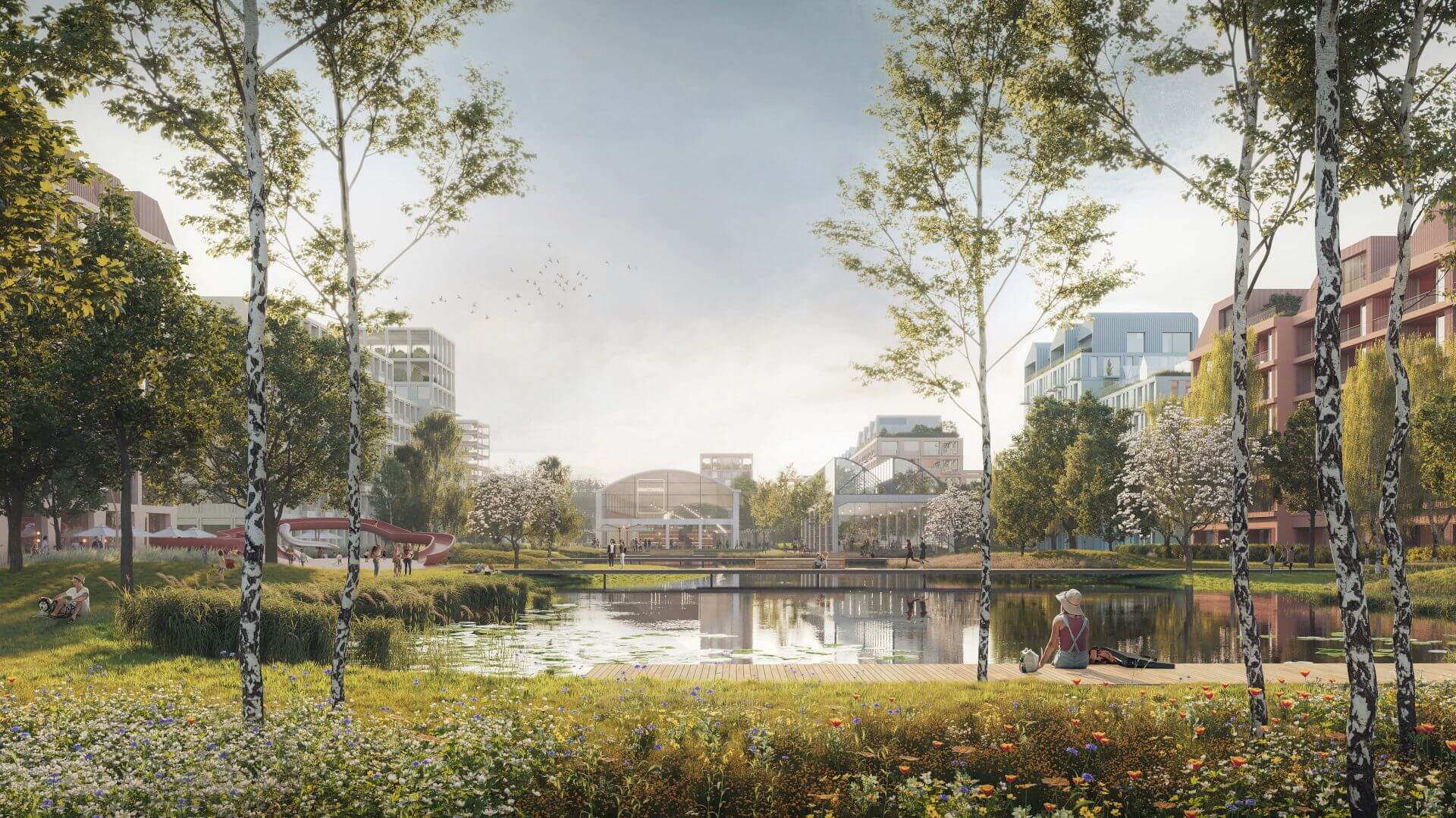
“The overriding challenge that we set ourselves was to design a space facilitating the forging of a community and social ties within it. At WXCA, following after Professor Jan Gehl, we believe that a city starts between buildings,” said Marta Sękulska-Wrońska, CEO of WXCA.
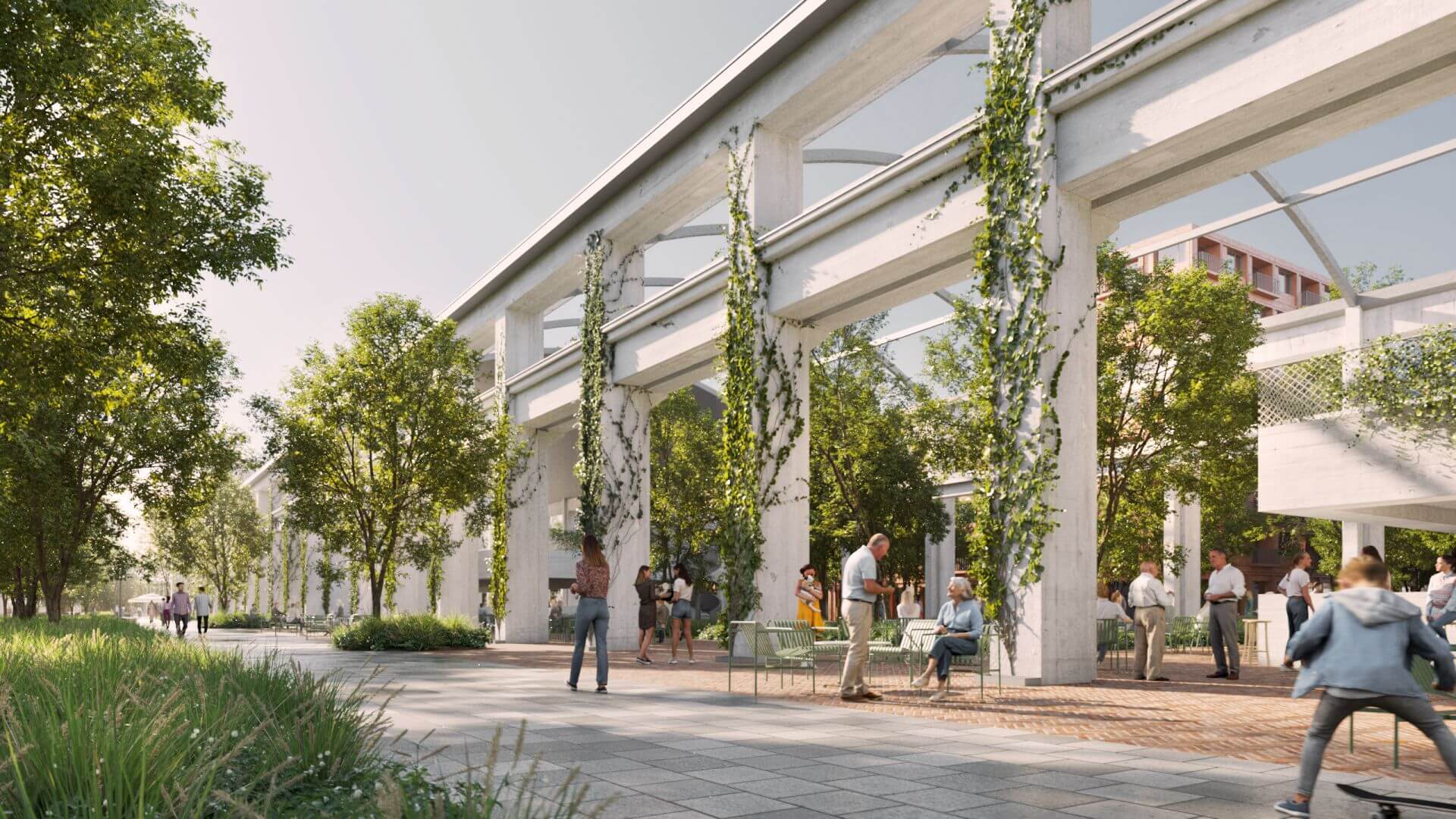
Małgorzata Dembowska, architect at WXCA, added: “This project poses a unique challenge as it puts before us the question of what should cities look like and how should they function in the coming decades. After all, what is modern today, may be outdated in 10 years’ time, which is why timeless values are at the very heart of the project, focused on the needs of individuals and the identity of the place.”
Phase one of the project is planned for 2026. Over 17,000 residents are expected to move into the district by 2050.











